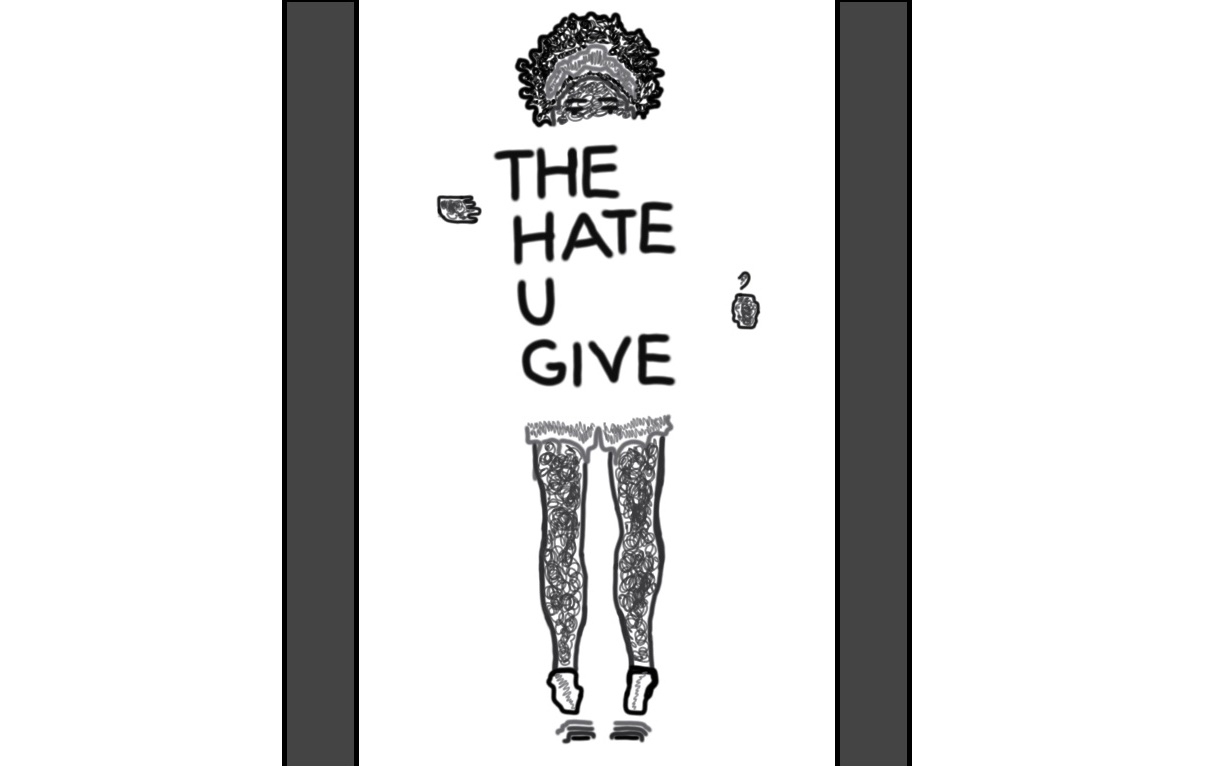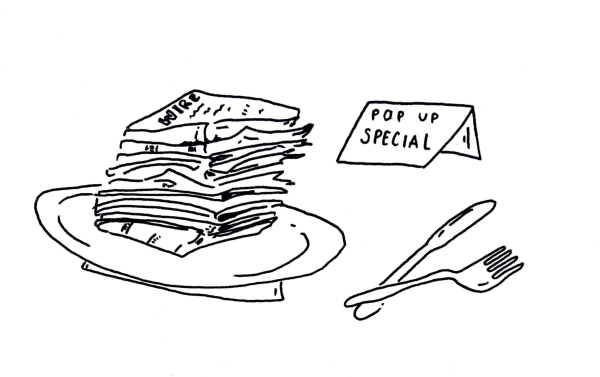The Hate U Give Review
November 29, 2018
“The Hate U Give,” originally a best-selling novel by Angie Thomas, had its movie debut this last month. The film starred actress Amandla Stenberg as Starr, a black teenage girl attending a predominantly white and wealthy prep school while still living in a much less affluent black neighborhood. By dividing herself between these two worlds, she developed a double consciousness, literally calling herself Starr Version One and Starr Version Two. She realizes that because of her “white” school and “black” neighborhood she can never truly become her authentic self. Du Bois explained this phenomenon in “The Souls of Black Folk” by saying that the black American experienced, “longing to attain self-conscious manhood, to merge his double self into a better and truer self.” Starr felt this need to become her true self, and because the world expected two opposing “Starrs,” she performed certain roles required of her in various situations, changing her manner of speech, dress and attitude.

The film is largely centered around Starr’s emotional turmoil after she witnesses the death of her childhood best friend Khalil at the hands of a white cop. Starr is faced with a choice: to stand up for Khalil and fight for his justice, but in doing so make herself vulnerable to hate both from the drug lords in her own neighborhood and the other students at prep school, or remain silent and protected, but allow the popular opinion that the police officer was in the right to persist. Again, Starr is torn between roles of the complacent and non-confrontational Starr who shields herself in silence or the Starr that loves Khalil and realizes the influence she could have against the injustice of police brutality. Starr eventually chooses to speak up and defend her innocent friend.
Throughout the movie, Starr also grapples with the meaning of rapper Tupac’s phrase “T.H.U.G. L.I.F.E” or “The Hate U Give Little Infants F***s Everybody.” She initially sees this hate as primarily coming from racism ingrained within white America, but in the final scenes, comes to the realization that everyone is perpetuating hate — her family, her community and society at large. Starr realizes the need to end hate within one’s own people and realizes that only once a community loves themselves can they impact change — that she and those around her need to embrace their blackness. To Starr, this does not mean one needs to stop fighting and speaking out against injustice but rather that one should protest and influence out of love, not bitterness.
“The Hate U Give” is brutal and controversial, but primarily honest. The movie carefully weaves issues of racism, police brutality, poverty, the biased prison system and family to create a moving film that makes one stop to consider just how much hate we are creating while contemplating our own roles in society.








